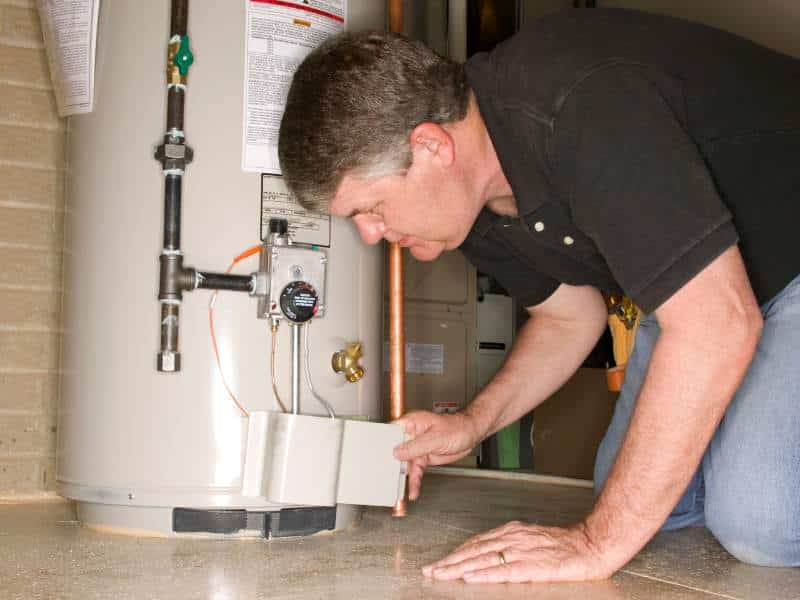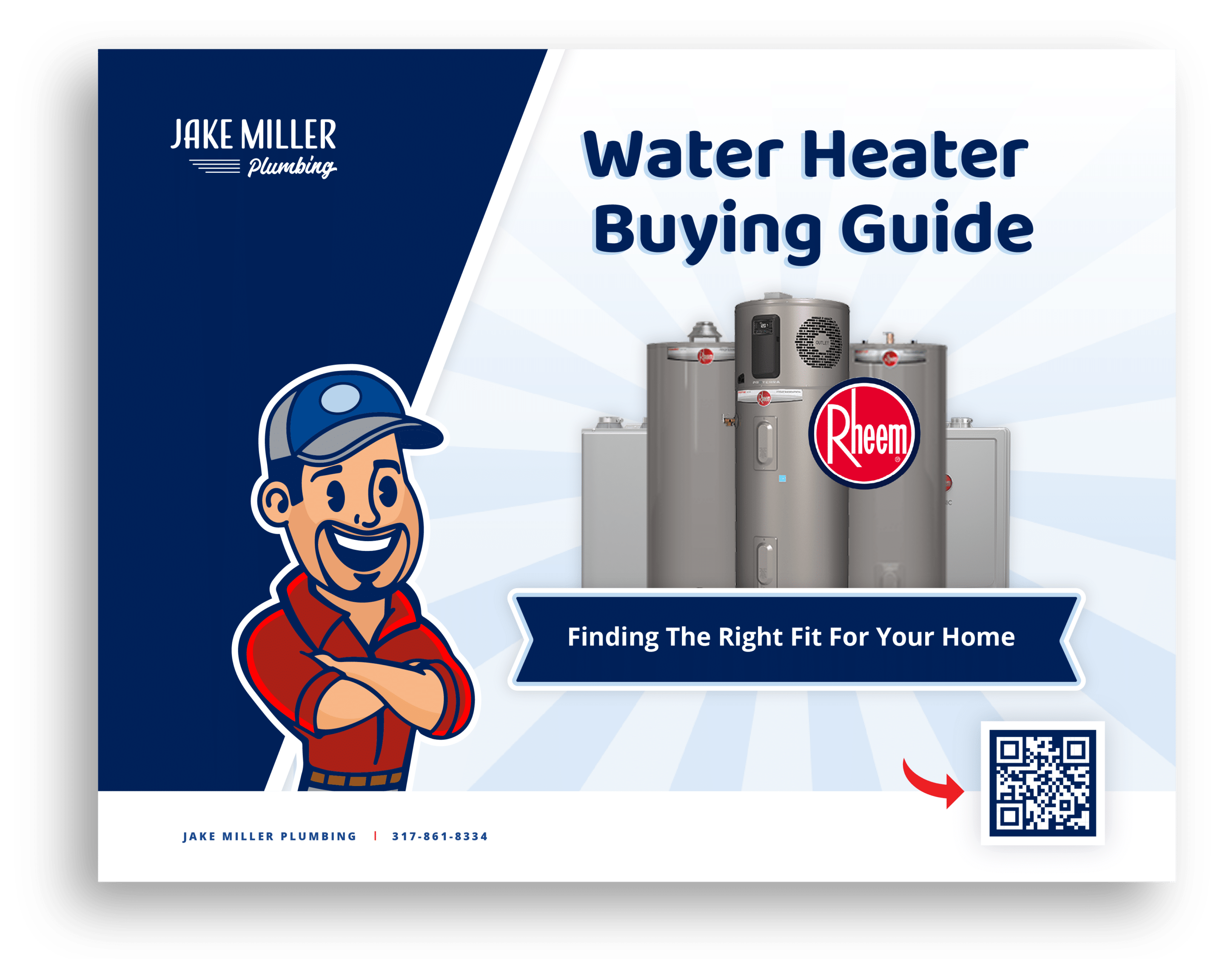Your water heater is one of the most essential appliances in your home, and keeping it in good working condition is crucial, especially as colder months approach. Regular maintenance can significantly extend its lifespan, improve its efficiency, and help you avoid costly breakdowns. This guide will walk you through key water heater maintenance tips that every homeowner should follow to keep their system running smoothly.
1. Flush the Water Heater Tank Annually
Over time, sediment, minerals, and other debris can accumulate at the bottom of your water heater tank, reducing efficiency and causing wear and tear. These deposits can block heat transfer, forcing your water heater to work harder and increasing the risk of overheating. One of the most important water heater maintenance tips is to flush the tank at least once a year.
How to Flush the Tank:
- Turn Off the Water Heater: For electric models, switch off the power at the circuit breaker. For gas water heaters, set the thermostat to “pilot.”
- Connect a Hose to the Drain Valve: Attach a garden hose to the drain valve at the bottom of the tank. Place the other end of the hose outside or into a bucket.
- Open the Drain Valve: Open the valve and allow the water (and sediment) to flow out. Let it drain completely until the water runs clear.
- Refill the Tank: Close the drain valve, remove the hose, and turn the water supply back on. Turn on the water heater and ensure it’s functioning properly.
By flushing the tank, you’re removing sediment buildup that could shorten the water heater’s lifespan and cause inefficiency. If you’re not comfortable doing this yourself, Jake Miller Plumbing can handle the task for you as part of a regular maintenance schedule.
2. Check for Leaks and Corrosion
Small leaks or signs of corrosion around your water heater can be an early indicator of bigger problems. Checking for leaks is one of the simplest but most important water heater maintenance tasks you can perform.
How to Check for Leaks:
- Inspect the Base: Look around the base of your water heater for any signs of pooling water or moisture. Even a small leak can quickly lead to serious water damage.
- Check the Pipe Connections: Make sure all pipe connections are secure, especially the cold-water inlet and hot-water outlet. If you notice any signs of corrosion or rust, it may be time to replace these connections.
- Look for Corrosion on the Tank: If you spot rust or corrosion on the exterior of your tank, it could be a sign of internal deterioration. Rust on the outside often points to issues inside the tank that could eventually lead to leaks or tank failure.
If you notice any leaks or signs of rust, it’s a good idea to contact a professional plumber. Jake Miller Plumbing can assess the situation and recommend whether repairs or a replacement are necessary.
3. Insulate Your Water Heater
If you have an older water heater, or if your tank is located in a cooler area of the house, insulating it can help improve its efficiency. Adding an insulation blanket reduces heat loss, which means your water heater won’t have to work as hard to maintain the desired water temperature. According to the U.S. Department of Energy, insulating your water heater can reduce heat loss by 25–45%, saving you up to 16% annually on your water heating bill.
How to Insulate Your Water Heater:
- Measure and Purchase the Right Blanket: Water heater insulation blankets are readily available at hardware stores. Be sure to choose one that’s properly sized for your unit.
- Wrap the Tank: Wrap the insulation blanket around your water heater, but make sure not to cover the top of the thermostat controls.
- Secure the Blanket: Use foil tape or the securing straps that come with the insulation kit to hold the blanket in place.
- Leave Room for Vents: If you have a gas water heater, make sure the insulation doesn’t block any of the air vents at the top or bottom of the tank.
4. Lower the Water Heater Temperature
Most water heaters come with a default setting of 140°F, but lowering it to 120°F can reduce energy consumption and still provide enough hot water for your household. Lowering the temperature also helps prevent scalding accidents, especially in homes with young children or the elderly.
How to Adjust the Water Heater Temperature:
- For Electric Water Heaters: Turn off the power at the circuit breaker, remove the access panel, and use a flathead screwdriver to adjust the thermostat to 120°F.
- For Gas Water Heaters: Locate the thermostat knob on the front of the water heater and turn it to the desired temperature.
According to the U.S. Environmental Protection Agency (EPA), lowering your water heater temperature to 120°F can save energy without sacrificing comfort.
Keep Your Water Heater Running Smoothly with Professional Help
By following these water heater maintenance tips, you can extend the life of your unit, improve its efficiency, and avoid unexpected breakdowns. Regular maintenance not only saves you money on repairs but also ensures that your water heater is ready to provide hot water when you need it most—especially during the colder months. If you need help with any of these tasks, Jake Miller Plumbing offers comprehensive water heater services, including tank flushing, T&P valve testing, leak inspections, and more.

